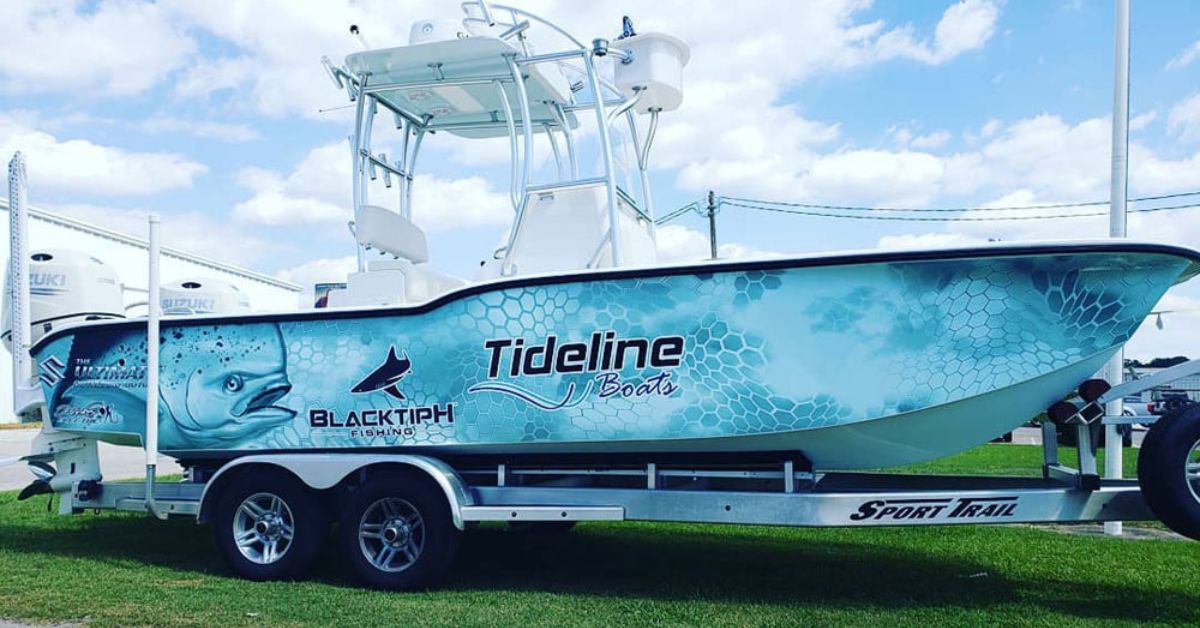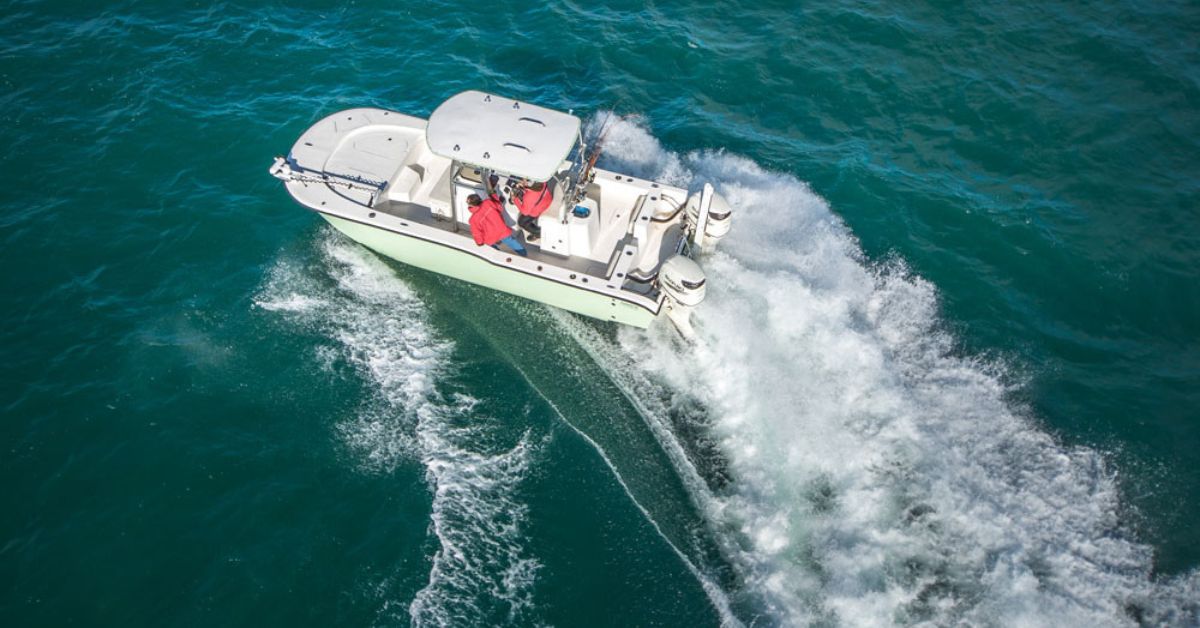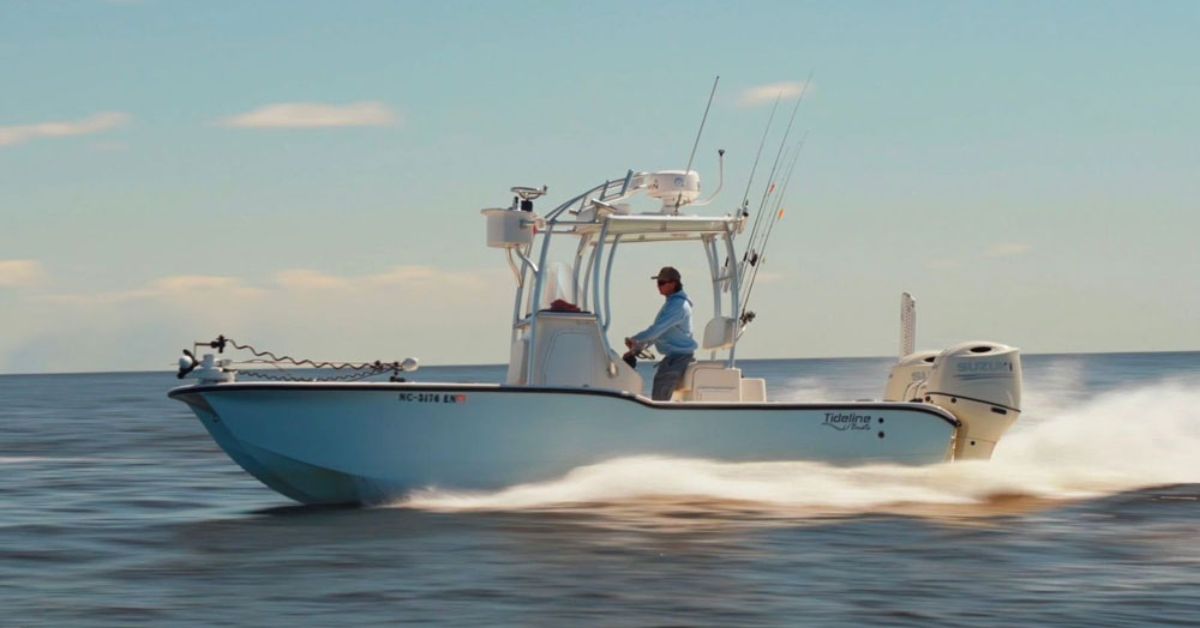
The twin-hull design of catamarans offers unmatched stability and shallow-water access, making them ideal for everything from leisurely cruising to serious fishing adventures. Whether you’re exploring protected bays or venturing into offshore waters, these versatile vessels outdo traditional monohulls in both performance and adaptability.
However, launching a catamaran from a trailer requires proper technique and preparation to ensure safety and success. The wider beam and unique hull configuration mean the process differs significantly from launching single-hull boats, demanding specific positioning and handling techniques.
Understanding these differences before arriving at the boat ramp can save time, prevent damage to your vessel, and avoid frustration. This comprehensive guide teaches you how to launch your catamaran from a trailer.
Preparation
Inspect the Launch Site
Before backing your trailer toward the water, take time to thoroughly evaluate the boat ramp conditions. Walk the entire length of the ramp to check for obstacles like rocks, debris, or steep drop-offs that could damage your trailer or catamaran. Pay special attention to the ramp’s surface condition, noting any cracks, missing concrete, or slippery areas that might affect traction.
Water depth at the end of the ramp is particularly crucial for catamarans. The shallow draft that makes these boats so versatile also means they need adequate water depth for safe launching. Check that the water is deep enough to float your catamaran without the hulls scraping the bottom, especially during low tide conditions.
Consider the ramp’s angle and length as well. Steep ramps can make trailer positioning more challenging, while short ramps might not provide sufficient water depth for proper launching. If possible, observe other boaters using the ramp to gauge typical launching procedures and identify any site-specific challenges you should anticipate.
Prepare Your Catamaran
Remove all tie-down straps and supports except those specifically designed to release when the boat enters the water. Double-check that the drain plugs are properly installed in both hulls—this step is absolutely critical and easy to forget in the excitement of launching. A forgotten drain plug can quickly turn a successful launch into an emergency situation.
Attach dock lines to both the bow and stern, ensuring they’re long enough to control the boat once it’s in the water. Position these lines so they won’t interfere with the launch process but remain easily accessible when needed. Consider the wind and current conditions when determining line placement and length.
Install or check your safety equipment, including life jackets, flares, and communication devices. Properly tilt your engine and make sure the propeller doesn’t contact the ramp during launching. If you’re launching a sailboat catamaran, secure the mast and rigging to prevent damage during the launch process.
Gather Necessary Equipment
Assemble all the tools and equipment you’ll need before beginning the launch sequence. This includes wheel chocks for your tow vehicle, a boat hook for maneuvering, and potentially a hand-powered winch for fine-tuning boat positioning on the trailer.
Designate crew responsibilities if you have assistance available. Having someone stationed at the boat to guide the launch while you operate the vehicle can significantly improve safety and efficiency. However, be sure all crew members understand their roles and the planned sequence of events before starting.

The Launching Process
Position the Trailer
Back your trailer into the water slowly and deliberately to achieve proper depth while maintaining trailer stability. Unlike monohulls, catamarans need to submerge deeper in order to float both hulls evenly. This means the trailer wheels will likely be completely underwater, and possibly the trailer axle as well.
Stop periodically during backing to assess your positioning. The catamaran should just begin to lift off the trailer bunks when you reach sufficient depth. Avoid backing up too far, as this can make trailer retrieval difficult and may put your tow vehicle at risk if the ramp is steep or slippery.
Use your tow vehicle’s parking brake and wheel chocks to secure the trailer position once you’ve achieved proper depth. This stability is essential for safely detaching the catamaran from the trailer.
Detach the Catamaran
Release the winch line gradually while maintaining control of the boat. Have your dock lines ready and crew positioned to guide the catamaran as it separates from the trailer. The boat should float free naturally without requiring excessive force or manipulation.
If the catamaran doesn’t float off easily, you may need to back the trailer deeper or check for any remaining tie-downs or obstructions. Never force the boat off the trailer, as this can cause damage to both the vessel and the trailer bunks.
Once the boat begins floating, guide it clear of the trailer using the dock lines and boat hook. Move deliberately but avoid rushing this critical phase of the launch.
Move the Catamaran to Water
With the catamaran floating free, carefully maneuver it away from the launch ramp to allow other boaters access. Use your dock lines and, if necessary, gentle engine power to position the boat in a safe staging area.
If wind or current conditions are challenging, consider having crew members wade alongside the boat to provide additional control during this transition. Always prioritize safety over speed when moving the newly launched catamaran.
Safety Considerations
Weather Conditions
Wind affects catamarans differently than monohulls due to their wide beam and relatively light weight. Strong crosswinds can make trailer positioning and boat control challenging during launch. Consider postponing your outing if wind conditions exceed your comfort level or experience.
Wave action at the launch site can also complicate the process. Large waves can cause the catamaran to surge on the trailer or make positioning difficult. Evaluate conditions carefully and be prepared to adjust your technique based on sea state.
Water Depth
Insufficient water depth is one of the most common launching problems for catamaran owners. Unlike deeper-draft monohulls, catamarans can appear to be floating while actually resting on shallow bottom areas between the hulls. Always verify adequate depth before releasing your catamaran from the trailer.
Tide conditions play a significant role in available water depth. Check local tide charts and plan your launch timing accordingly. What might be adequate depth at high tide could become problematic as the tide falls.
Communication
Establish clear communication protocols with your crew before beginning the launch. Hand signals work well in noisy environments or when distance makes verbal communication difficult. Ensure everyone understands the emergency stop signal and procedures.
If you’re performing the launch alone, take extra time at each step to assess conditions and positioning. Consider asking other boaters for assistance if needed.

Making the Most of Your Catamaran Experience
Successfully launching your catamaran from a trailer opens the door to incredible adventures on the water. Whether you’re exploring protected bays or heading offshore for bigger adventures, proper launching technique ensures your day starts safely and smoothly. Practice these procedures in favorable conditions to refine your technique before tackling more challenging launch situations.
If you’re considering purchasing or upgrading a catamaran, Tideline Boats offers custom catamaran bay boats designed specifically for high-performance fishing adventures. Our Tideline 235 Hybrid combines the shallow-water capability of traditional bay boats with the stability and fishability that only a catamaran design can provide. Schedule a sea trial today to learn why our boats are perfect for both inshore and offshore fishing pursuits.

